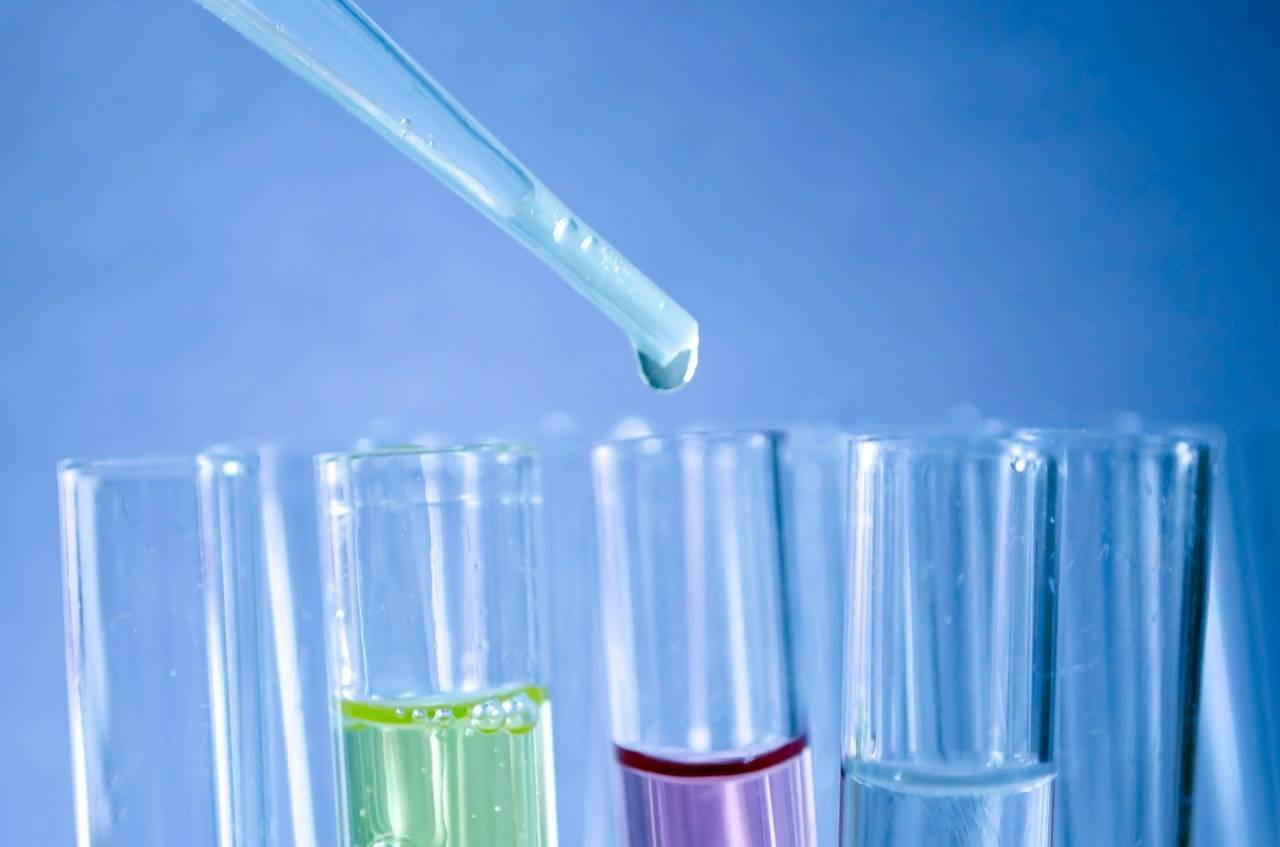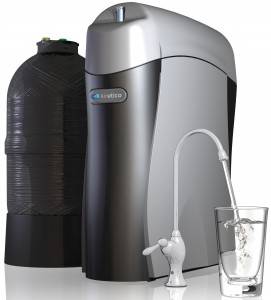
There are always steps that you can take to ensure that your life is a little better, a little safer. You can buy a home security system, put up fencing, invest in good antivirus software. But what about when the threat to your safety is invisible? We assume that our drinking water is well-regulated, and safe to consume, but how sure can we be?
A recent report by the non-profit Environmental Working Group and Northeastern University states that over 40 states have drinking water that contains pollutants and is not safe to drink. While reports regarding unsafe tap water have appeared with alarming regularity over the last few years, the knowledge that so many states are affected can be very overwhelming. You may be asking yourself whether or not your water is safe. How can you be sure? The first step to ensuring that your water is safe is to get your water tested. A complete and thorough test of your home’s water supply can tell you what pollutants, bacteria, metals, or other hazards may be in your water.
What are PFASs and How does PFAS Contaminated Drinking Water Occur?
PFASs are a type of man-made chemical that is ubiquitous in our modern lives. These chemicals are present in everything from paper products and Teflon to fire- and water-retardant clothing. Although PFASs have their place in our lives, the problem is that they are now finding their way into our water supply. With 43 states currently affected by this problem, it’s a safe bet that this issue will only become more prevalent.
Many homeowners are concerned about the presence of not only PFASs, but other contaminants and heavy metals such as lead in their drinking water. There are many emerging contaminants in the water today, and it would be difficult to test for all of them.
The Environmental Protection Agency recommends granular activated carbon filtration or high-pressure reverse osmosis to remove PFAS from drinking water. We offer Kinetico’s state of the art K5 Reverse Osmosis drinking water system, which is customizable and will remove PFAS and other contaminants from your drinking water, giving you peace of mind.

How Water Testing Can Show PFSA Contaminated Drinking Water
Water testing can alert you to fluctuations in the water quality that is flowing into your home. The EPA recommends testing your water annually, at a minimum. However, you should absolutely get it tested more often if you notice a difference in the quality of the water, such a change in taste, color, or smell. Keep in mind that some dangerous contaminants such as lead cannot be seen or tasted, so testing is always the best bet. Your local health department is also a good resource to find out what contaminants may be specific to your area. A water test can also help to determine what kind of water filter is best for your home. A water filtration system can help to give you peace of mind. By filtering out unwanted and potentially harmful pollutants, your home water filtration system can help to protect your family from the unseen dangers lurking in your water supply.
What You Can Do if You find You have PFSA Contaminated Drinking Water
News about water contamination is becoming more and more prevalent, and the reports can be unsettling. However, taking steps to ensure the safety of your water can help to put your mind at ease. Getting your water tested regularly and installing a home water filtration system can safeguard your water from contaminants. The good news is that PFSAs and many other contaminants are easily removed. Contact Clearwater Systems today and set up an appointment for a free water test. Take the first step to protect your home.



